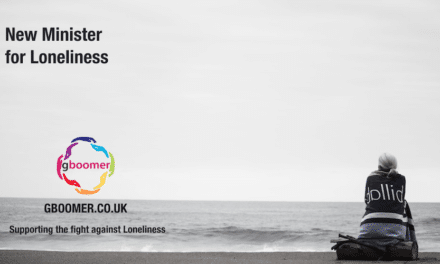Author
DR Rob Gandy I UK
Now when you read the above headline, please do not get confused and think that it will be necessary you (if you are male) or your partner (if you are female) to dress up in a load of finery and strut your/ his stuff along a catwalk in order to ward off the possibility of getting prostate cancer. Men do not need to ape David Gandy, Britain’s top male model, to this end – and “No” I am not related, although I DO have a son of that name, whose Mum thinks he is better looking.
What I am referring to is the news that researchers at Cambridge University have created a statistical modelling tool that calculates a man’s chances of dying from the cancer with 90 per cent accuracy1. Why is this important? It is because at present the NHS model divides men into three groups depending on the severity of their cancer, and this is accurate only 60 per cent of the time. There are roughly 15,000 men diagnosed with prostate cancer in the UK every year, and for about a third of them, the chance of dying is so low that the advantages of treatment are minimal.

The prediction model takes a man’s age, medical history, blood test and biopsy results and gives a personalised chance of surviving ten years; hence it can be determined how much each patient will benefit from surgery or radiotherapy or whether it is simply worth monitoring them. Therefore, if this model is used (as is planned for later this year) then many men will not have invasive treatments which they would otherwise have, with all the attendant side-effects (some of which are life-changing, such as impotency), for a cancer that may never cause them harm.
The research found that a fifth of men with the most aggressive cancers were 20 times more likely to die of prostate cancer within 10 years than those with the least aggressive. Men with aggressive cancer see their survival chances increase if they receive treatment; but those with localised, slow-growing cancers will barely see any difference because they are more likely to die of other causes instead. For example, a 72-year-old man with low-grade prostate cancer might have a six per cent chance of dying of prostate cancer within a decade. But he will have a 24 per cent chance of dying of something else, giving him an overall mortality risk of 30 per cent. Radical treatment such as radiotherapy would cut his prostate mortality to just three per cent, but his overall chance of death would remain barely reduced at 27 per cent. Therefore, it is anticipated that when men see their absolute risk of dying is quite low, they will find it easier to decide to just monitor their cancer rather than choosing treatment.
This is good news because the model will better inform the discussion between a man with prostate cancer and his doctor, so that a balanced, informed decision can be made. It will also mean that fewer men will suffer the gruelling effects of radical treatment, where the benefits are few but the risks are huge for them.






